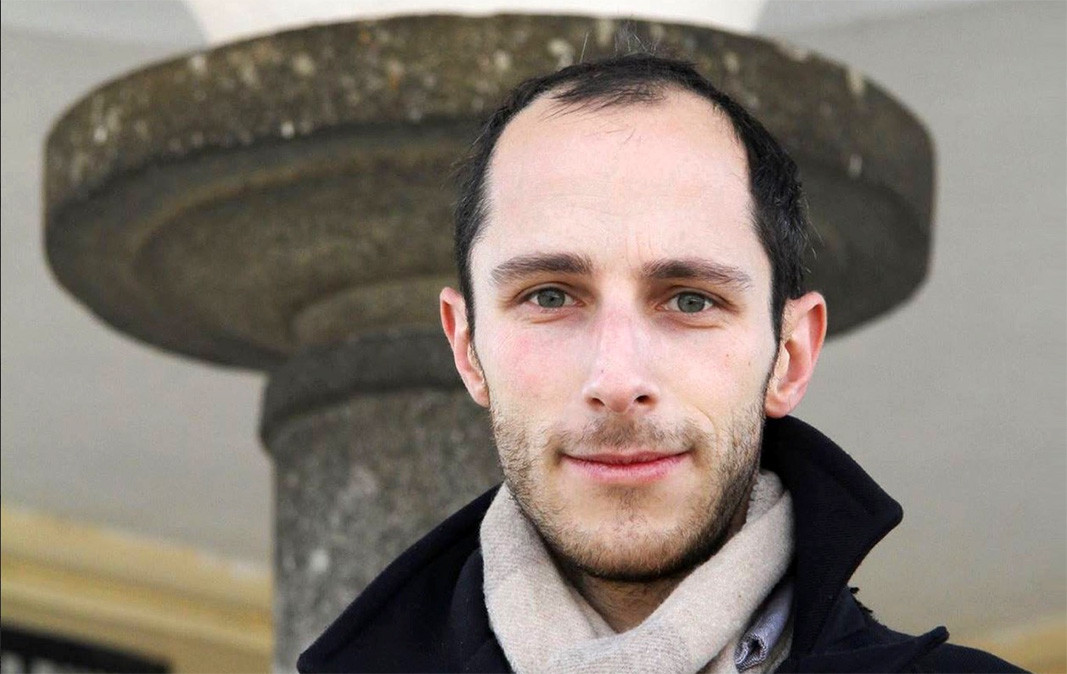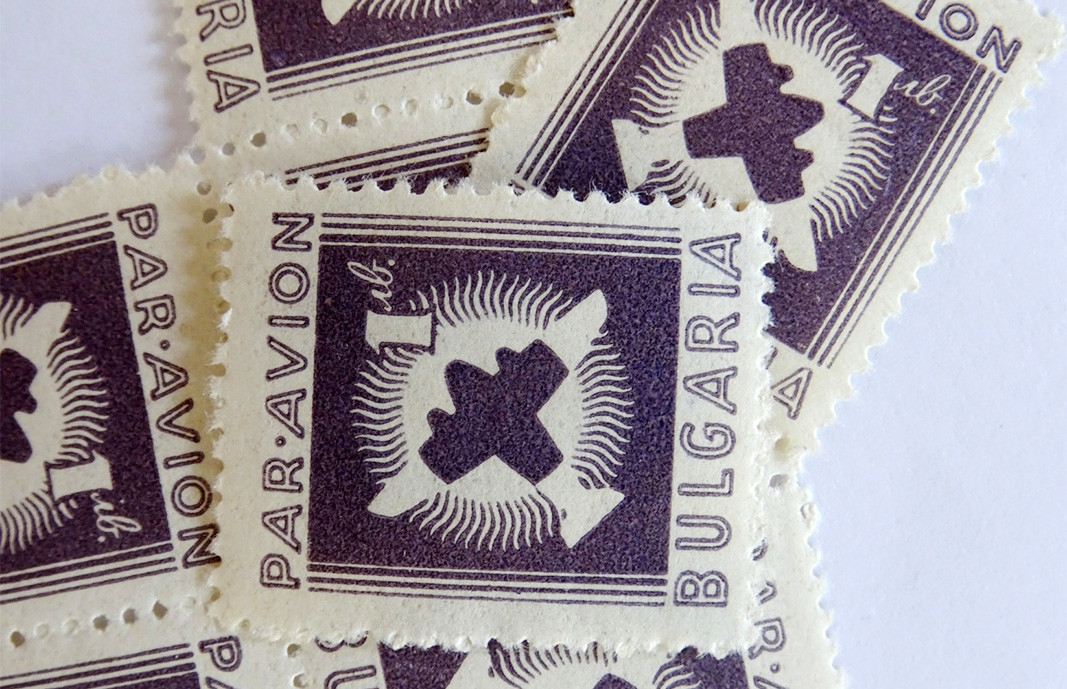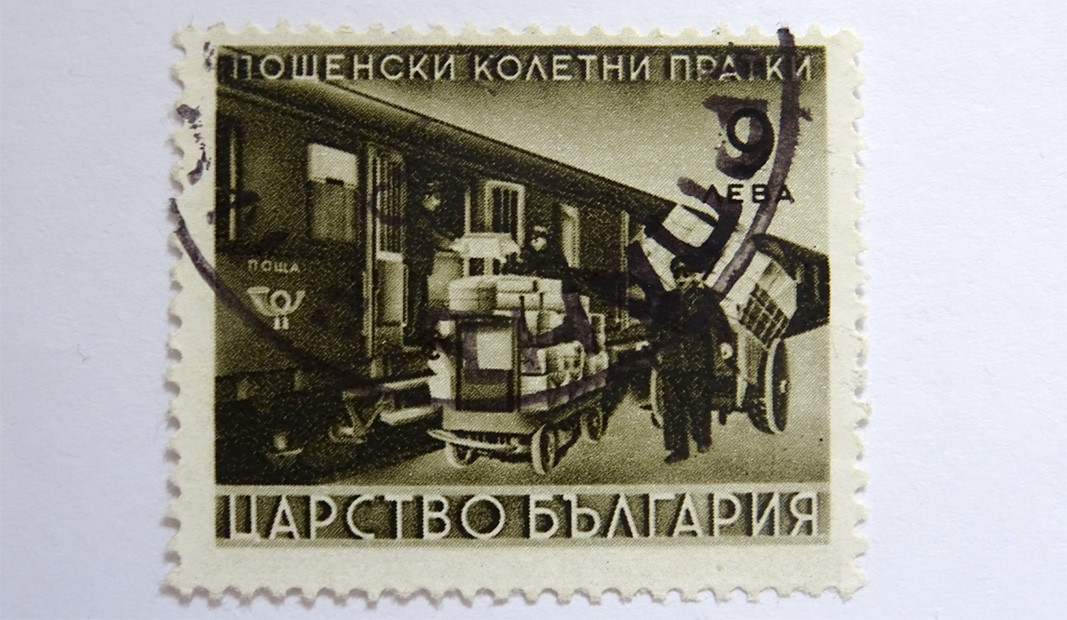1 May 1879 is the date on which the first Bulgarian postage stamp went into circulation, depicting a lion standing upright in profile with a crown on its head and the words “Bulgarian post”. But as, after the Bulgaria’s liberation in 1878, the country did not have a currency of its own, it took the French franc, and the centime respectively, to denote the value of the stamps. That is why, in philately, the first Bulgarian stamps came to be called “centimes”.
The National Polytechnic Museum in Sofia has a fascinating philatelic collection, with stamps from different historical periods. A series of stamps, put into circulation on 22 February, 1940, entitled “Airmail”, are among its most treasured exhibits. This series was made possible after, in the 1930s, the philatelic press demanded that the old airmail stamps which were of “inferior quality and depict the same thing over and over again”, be replaced with new ones.
“The interesting thing is that the series appeared thanks to the post’s initiative to issue stamps of high artistic quality,” the museum’s curator Vassil Makarinov says.

“That is why they commissioned an artist, who was also an airman, to do the illustrations. That was how, in 1939, Konstantin Ikonomov took several pictures – of an airplane taking off, of an aircraft overflying Asenova fortress, of Bozhurishte airport, and several aerial views of Sofia with the royal palace and the St. Alexander Nevski cathedral. What makes these stamps particularly valuable is that they live up to the idea of a new kind of objectivity in art.”

The idea was welcomed by the Postage Stamps Bureau of the Directorate-General of Posts, Telegraph and Telephones in Bulgaria. “The artist did his job well and the designs he presented, after several corrections and changes, were approved by the technical commission,” the Bureau wrote in a letter dated 13 September, 1939, by which it commissioned the issue of the stamps.
The philatelic press was also delighted with the new postage stamps: “The pilot-artist Konstantin Ikonomov put his life at risk by flying over some of the most beautiful but also most dangerous places in the country, to give us some original images of fine artistic quality.”

To come up with the final images, the pilot probably took photographs of landmark locations around the country and then made drawings from them, at the same time recreating the flight of the airplane itself. That was how he was able to offer a bird’s eye view of Bahckovo monastery, Vihren peak and Mount Pirin, the lakes of Rila, the Shipka monument… In a matter of three days, the beautiful “Airmail” series brought foreign currency worth 18 million Leva into the National Bank. As orders kept pouring in from all corners of the planet, traders just couldn’t keep up, as the issue of the stamps had proved highly insufficient.
The spirit of the times also lives on in other catalogues, philatelic collections and donations received by the National Polytechnic museum. The public were able tosee their enduring value for themselves when they were put on display during exhibitions dedicated to the 140th anniversary of the establishment of “Bulgarian Posts and Communications”.

“I think there still are stamp collectors,” Vassil Makarinov says. “And there will be as long as there are letters as a way of transmitting information as it was once done, though back then it was on a much grander scale and with a lot more passion. Of course, a letter once had a much more profound meaning compared to nowadays when there are much faster modes of communication. But yes, collecting stamps is still a passion for many – both in terms of collecting modern postage stamps, and of the history of stamp collecting as such.”
Photos: National Polytechnic Museum
A humble military chaplain made his first contact with Bulgaria in 1921, arriving with the mission of searching for Italian soldiers who had disappeared without a trace during World War I. However, he did not remain indifferent to the fate of this small..
Beloslav is a small town on one of the branches of Varna Lake. Yet it is here, in this quiet little town, that the only preserved Bulgarian submarine – Slava – is anchored . It was decommissioned a long time ago, and has now been turned in one of..
March 9 is the feast day of the Church of the Forty Martyrs in the town of Veliko Tarnovo - a place of exceptional importance for the Bulgarian statehood, which worthily preserves the memory of the glorious Tarnovo kings. On March 9, the..
On the second day after Easter begins Bright Week. It is so called because of the light that Christ's Resurrection brings to the world. According to..
Patriarch Daniil celebrated a divine service for the so-called Second Resurrection of Christ in the Sofia-based church of Saint Nedelya...

+359 2 9336 661
